A prevalent stereotype about cats is that they are independent creatures who have little interest in human interaction. While it’s true that cats are generally more self-sufficient than some other pets, they can be incredibly affectionate and form strong bonds with their owners. Cats show affection in subtle ways, such as purring, slow blinking, and following you around the house. Understanding their unique ways of showing love can lead to a more fulfilling relationship with your feline friend.
Cats Always Land on Their Feet
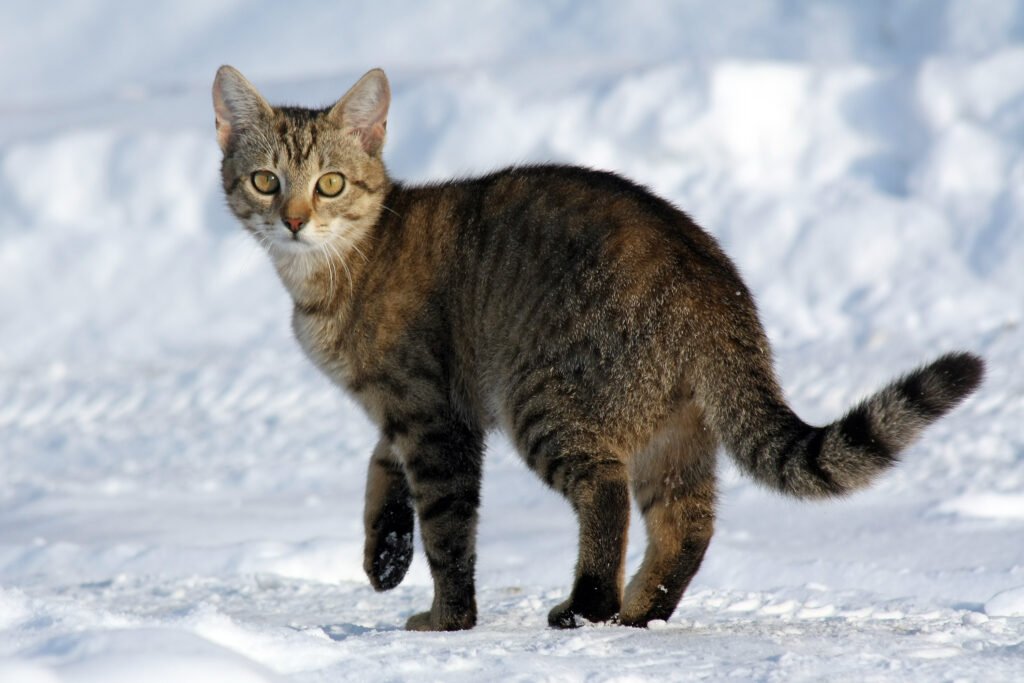
The saying “cats always land on their feet” is another common misconception. While cats have a righting reflex that allows them to twist their bodies mid-air to land on their feet, it doesn’t guarantee they will always do so safely. The height of the fall plays a significant role—shortfalls might not give them enough time to adjust, while long falls can result in injury despite landing on their feet. Cat owners should take precautions to ensure windows, balconies, and other high surfaces are safe and secure.
Cats Hate Water
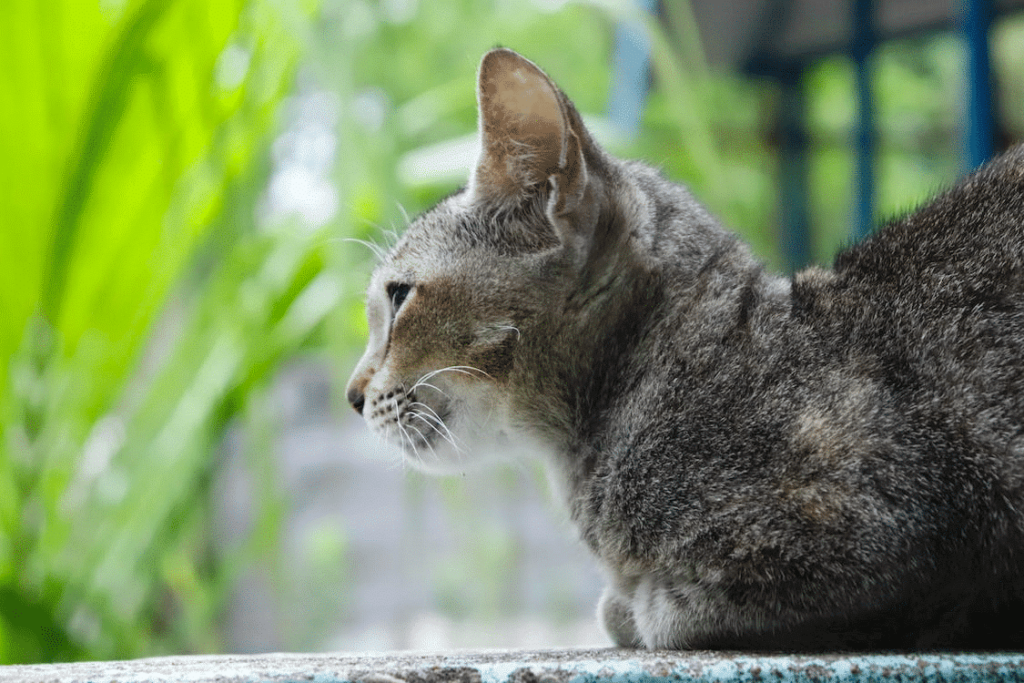
While many cats may seem to dislike water, this is not universally true. The aversion often comes from unfamiliarity rather than an inherent dislike. Some breeds, like the Turkish Van, are known for their affinity for water, enjoying playtime in shallow pools or baths. Cats’ relationship with water can be improved by gradually introducing them to it in a positive, stress-free environment.
Cats Are Nocturnal
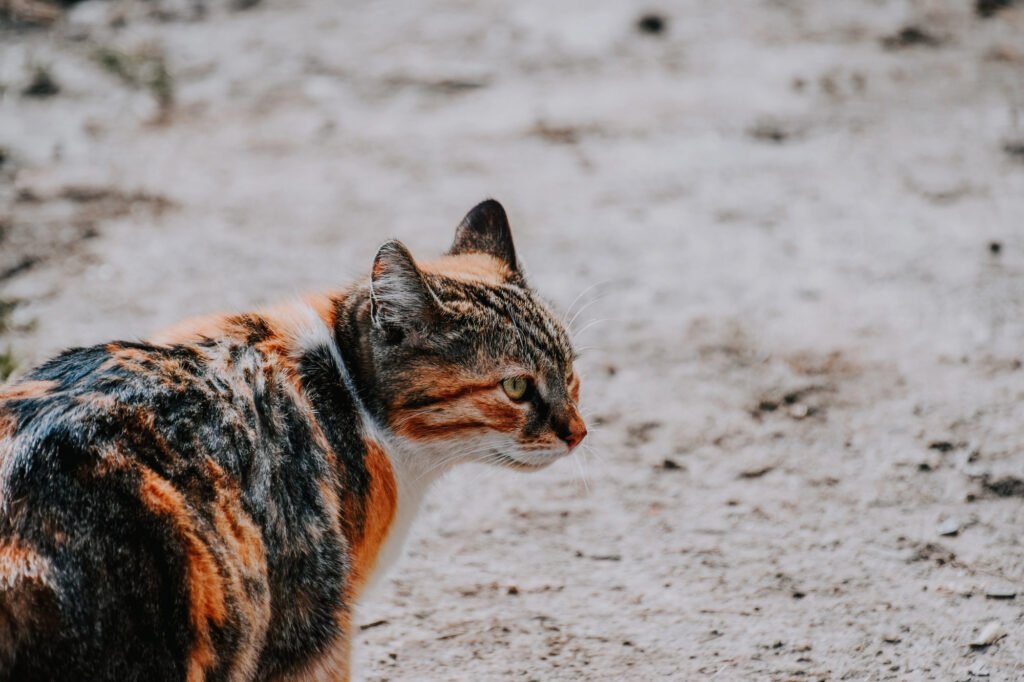
Many people believe that cats are nocturnal creatures, meaning they are most active at night. However, cats are crepuscular, meaning they are most active during the twilight hours of dawn and dusk. This behavior is rooted in their wild ancestry, where hunting during these times was advantageous. While domestic cats may adjust their schedules to better fit with human lifestyles, they often retain this crepuscular nature.
Purring Always Means a Cat is Happy
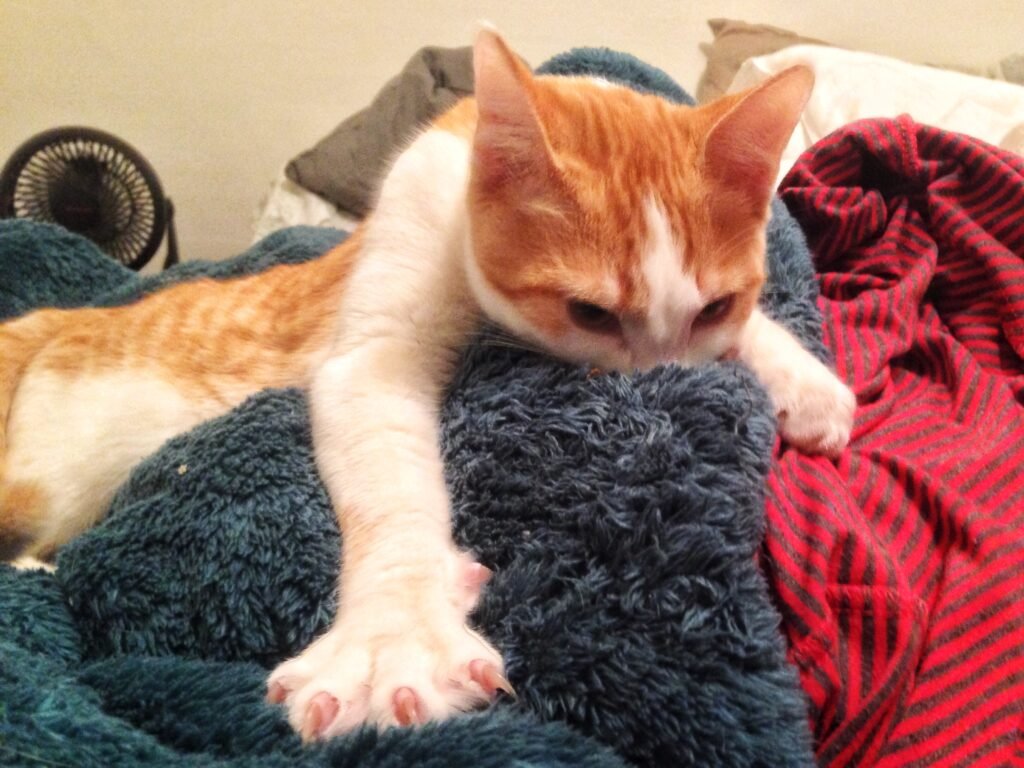
Purring is often interpreted as a sign of contentment, but it can also indicate a range of other emotions and physical states. Cats may purr when they are stressed, in pain, or even when they are dying. It can also be a mechanism for self-soothing or healing, as the frequency of purring is believed to promote bone and tissue regeneration. It’s important to consider other behavioral cues and context to understand what a cat’s purring might mean.
Black Cats Are Bad Luck
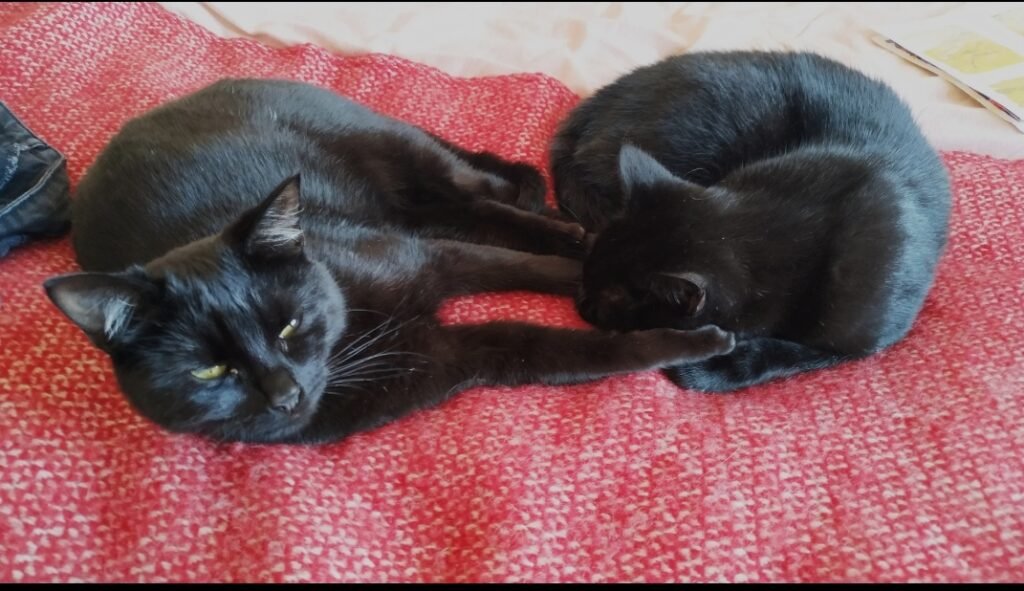
The myth that black cats are harbingers of bad luck is deeply rooted in folklore and varies across cultures. In reality, the color of a cat’s fur has no bearing on its luckiness or personality. In some cultures, black cats are even considered good omens. Despite progress in changing these perceptions, black cats often face lower adoption rates, highlighting the need to overcome this baseless superstition.
Cats and Dogs Are Natural Enemies
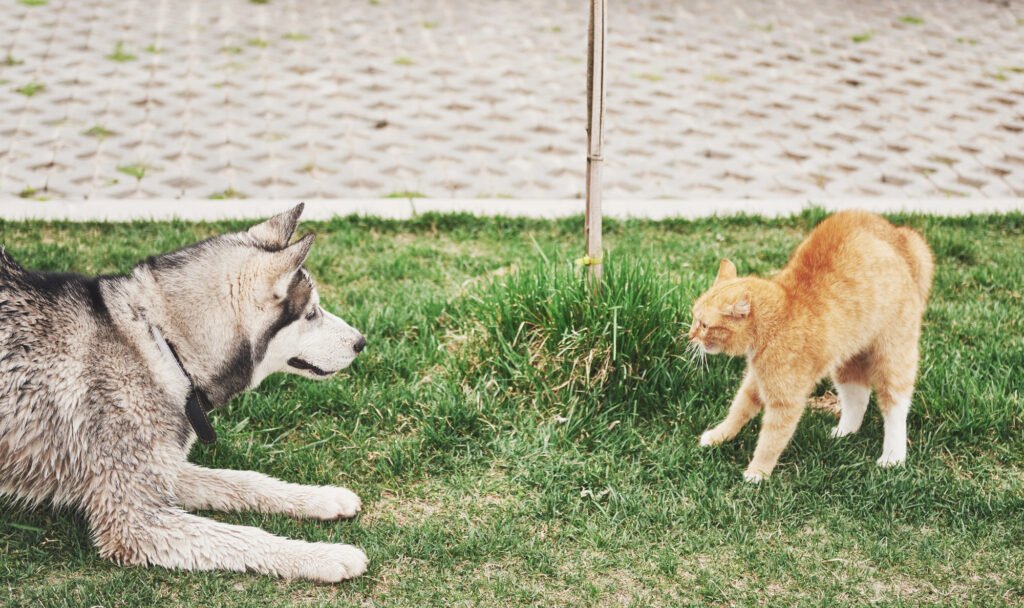
The idea that cats and dogs are natural enemies is an exaggerated stereotype. While some cats and dogs may not get along, many live harmoniously together. Key to a successful relationship is a gradual introduction and understanding of each species’ body language. With time and patience, cats and dogs can form strong bonds and even become inseparable companions.
Cats Scratching Furniture Out of Spite
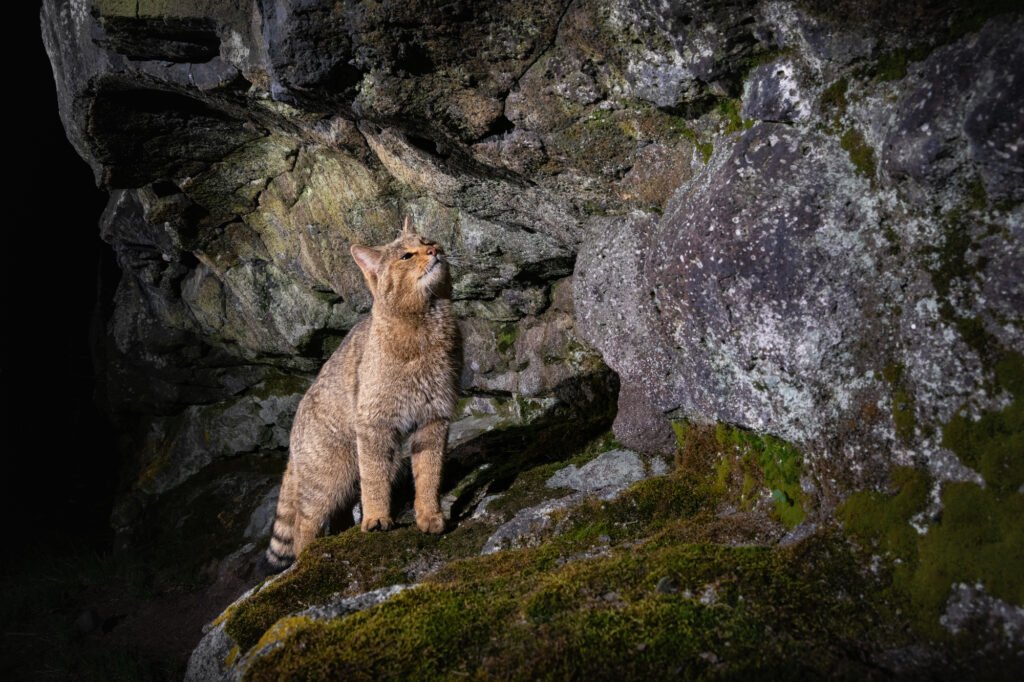
When cats scratch furniture, it’s not out of spite or misbehavior. Scratching is a natural behavior for cats, serving several purposes: it helps them mark territory, shed the outer layer of their claws, and stretch their muscles. Providing scratching posts and pads can redirect this behavior away from furniture while satisfying their instincts.
Litter Training Is Difficult
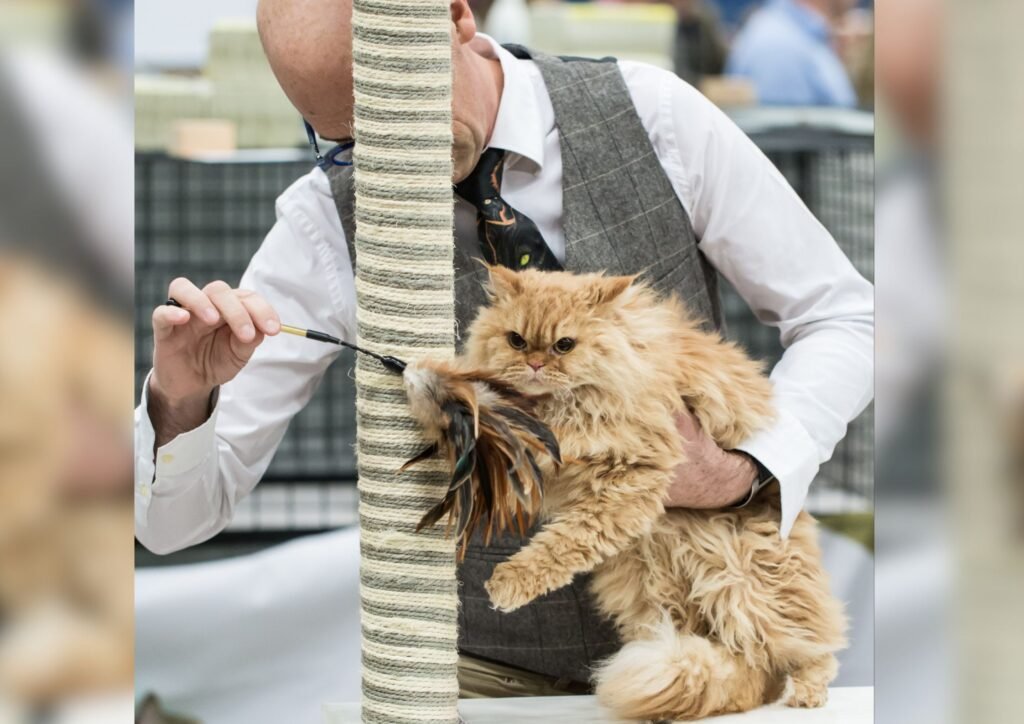
Contrary to popular belief, litter training a cat is typically straightforward due to their natural inclination towards burying their waste. Most cats will instinctively use a litter box if it is kept clean and in a quiet, accessible location. Issues with litter box use are often related to stress or medical conditions, and addressing these root causes can resolve most problems.
All Cats Are Solitary Animals
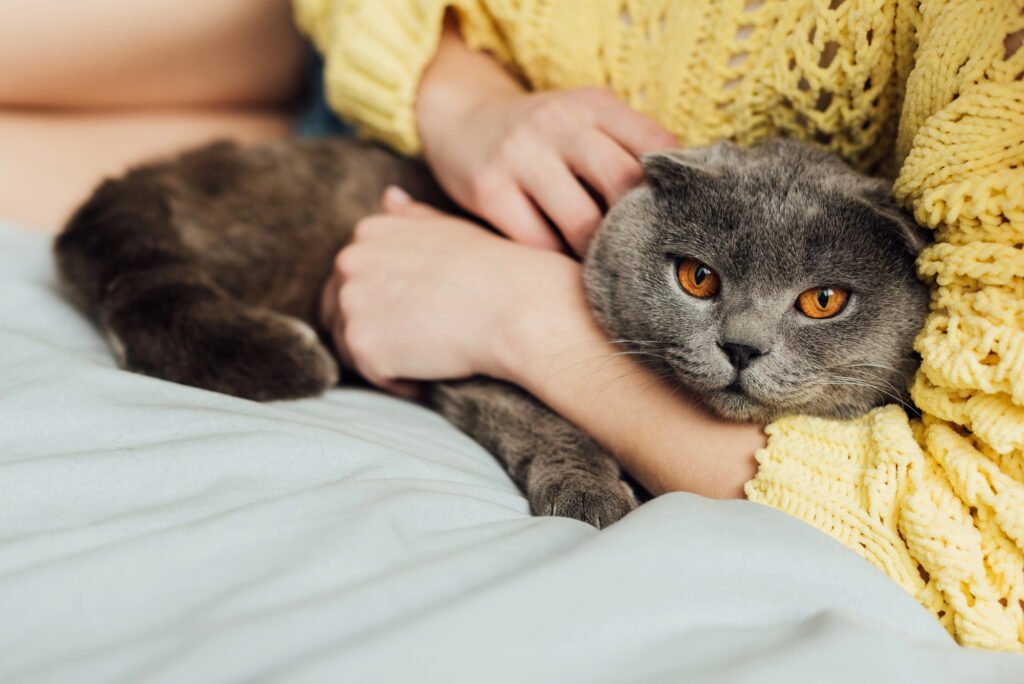
While cats are often seen as solitary, many thrive on social interactions, both with humans and other animals. Some breeds are particularly social and enjoy the company of other cats, pets, or people. Observing and understanding a cat’s social preferences is crucial in providing them with a suitable environment that meets their individual needs.






